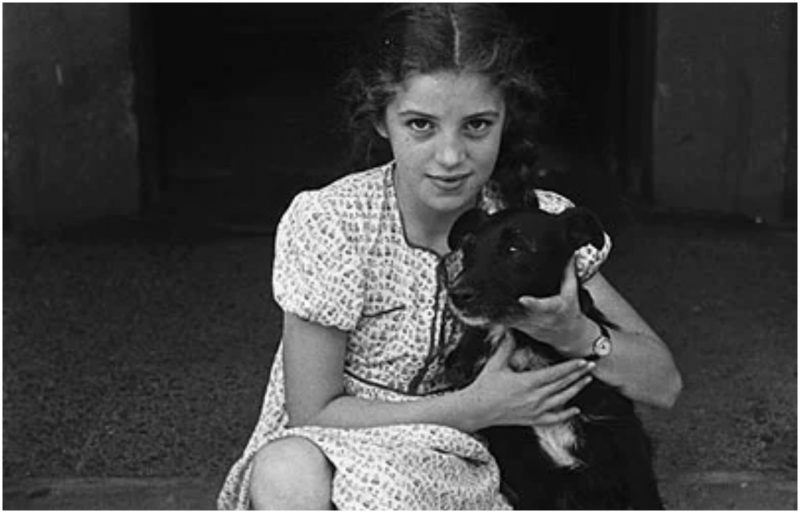When people are at war, everything else is also subjected to war, including pets.
At the eve of World War II, in the space of one week, over 750,000 cats and dogs in the U.K. were put down.
The tragedy of culling so many animal friends followed a call for action to do so, at a time of of uncertainty about what the future would bring. The event has since been described as the Pet Holocaust.
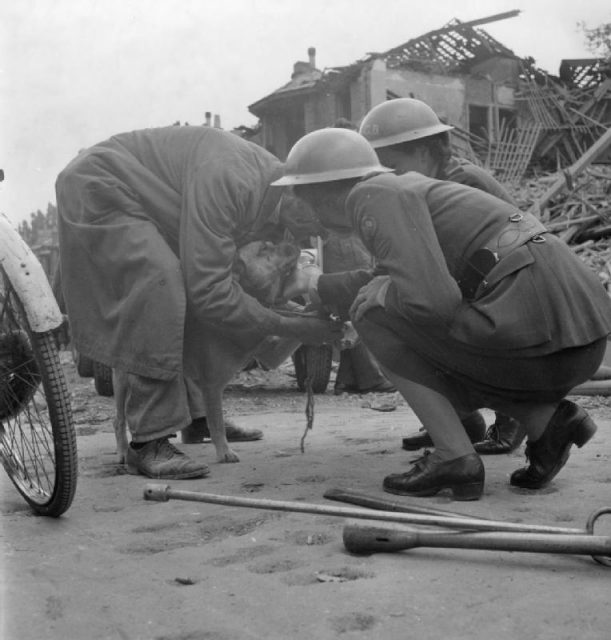
By mid-1939 it was clear that war in Europe was inevitable, and that Britain would be involved in it. The British government issued many different pieces of advice of what should be done in preparation for the war.
Measures taken included securing bomb shelters and ordering people to stockpile food for bad days. Sirens were installed on every corner of the island.
And around this same period, the National Air Raid Precautions Animals Committee was also initiated, and a notice they drafted read: “If at all possible send or take your household animals into the country in advance of an emergency.”
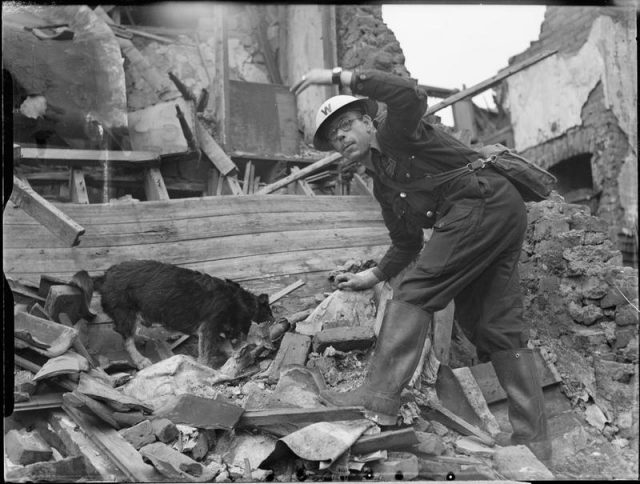
The notice, which was circulated newspapers countrywide, further said: “If you cannot place them in the care of neighbors, it really is kindest to have them destroyed.”
While vets and animal charities opposed this gloomy piece of advice, panicked people, spurred by fears of the imminent war, consumed the idea. It was one of the things they were instructed to do by the Home Office.

When the war officially began in September 1939, hospitals and dispensaries belonging to the People’s Dispensary for Sick Animals (PDSA) were overwhelmed by the number of pet owners who opted to have their cat or dog euthanized. Some owners even took care of ending the lives of their beloved pets by themselves.
People felt compelled to take an action that in any other circumstance would be unthinkable due to various reasons.
The expected shortage of food was one of the key issues. For an island nation which imported 75 percent of its peoples food by sea, the threat of these supply routes being blockaded was very real. Some people reasoned they would be unable to provide for their pets during wartime, or that it would be inappropriate to keep a pet at such a time, as food to keep people alive should be prioritized.
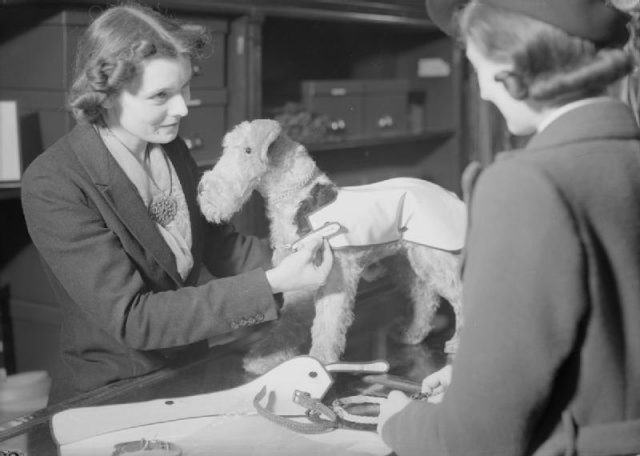
Rationing began in Britain on January 8, 1940 and continued until midnight on July 4, 1954 — nine years after the war ended. Initially restrictions were placed on bacon, butter and sugar, and schemes to ration a wide range of other foodstuffs and items such as clothing were soon rolled out.
Other owners felt unable to care for their pet as people were drafted, and women found themselves working full time to replace the previously male-dominated labor force. The first bombing raid on the country in July 1940 triggered a second wave of pet euthanization. It’s a terrible fact that the number of dead animals quickly surged to hundreds of thousands.
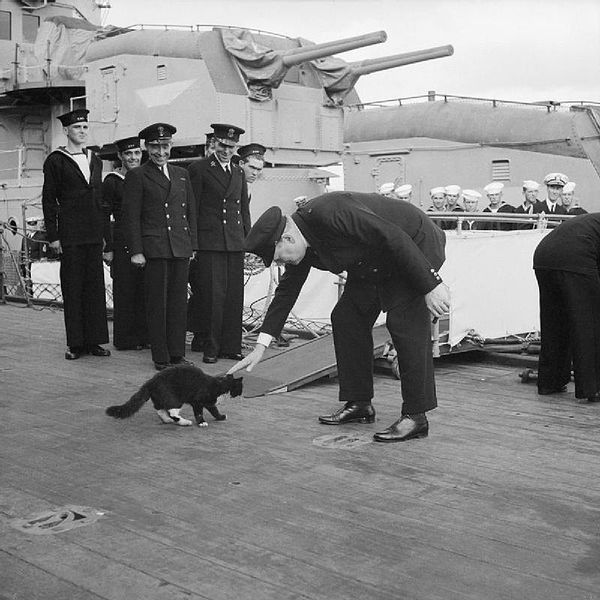
Some owners said last goodbyes to their beloved pets via newspapers and magazines, filling the In Memoriam sections. Seen from today’s perspective, many people view this part of the war preparations as entirely useless, and unnecessarily heart-wrenching.
Sir Winston Churchill Quotes
And were there saviors? Pip Dodd, senior curator at the National Army Museum, told the BBC “The Royal Army Veterinary Corps and the RSPCA tried to stop this, particularly as dogs were needed for the war effort.”
Animal shelters such as started accepting as many cats and dogs as possible. The Battersea Dogs Home, manned by just four people, cared for 145,000 dogs during WWII, according to the BBC.
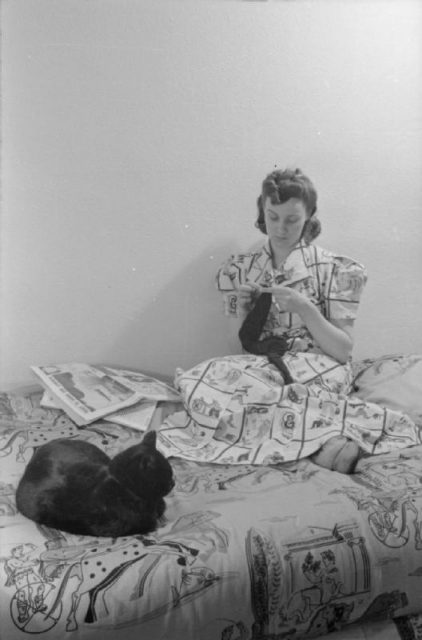
Individuals who strongly opposed the measure to destroy animals also showed up and took their own actions to do something and aid the situation.
Nina Mary Benita Douglas-Hamilton, Duchess of Hamilton, initiated the establishment of a sanctuary using her own funds. The Duchess sent her own staff to save abandoned animals from around London.

Today, little do we remember about the Pet Holocaust. This episode from the early days of the war is saved from oblivion in books, and thanks to authors such as Hilda Kean, Clare Campbell, and Christy Campbell among others.
And perhaps this is to no surprise. After six horrible years for the world, after realizing the extent of the Nazi Holocaust, or the atomic bombs detonated at Hiroshima and Nagasaki in 1945, who would have wanted to remember yet another horror?
Stefan is a freelance writer and a regular contributor to The Vintage News. He is a graduate in Literature. He also runs the blog This City Knows.
